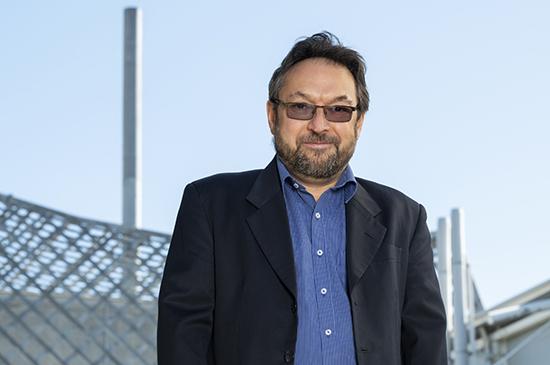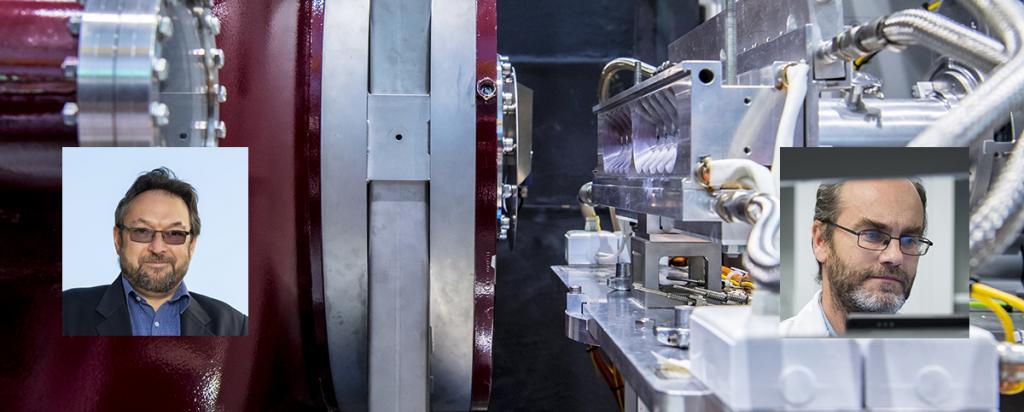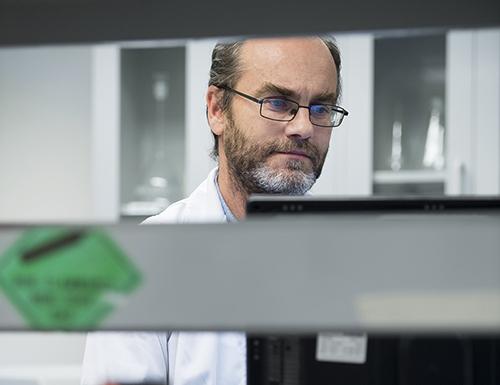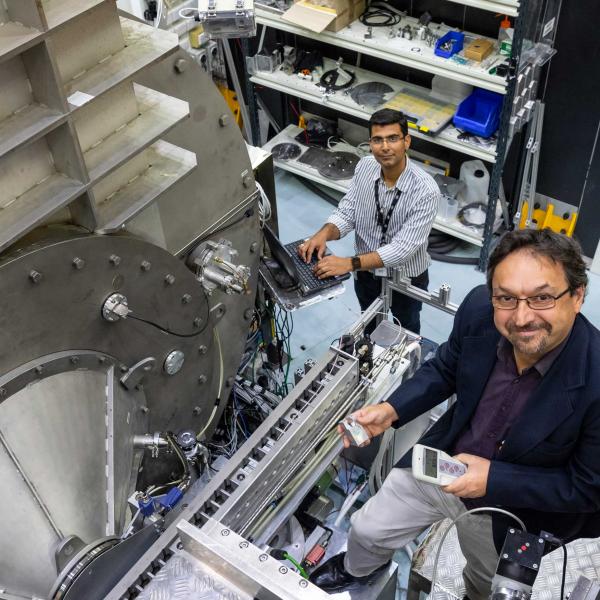

Published on the 2nd December 2021 by ANSTO Staff
Neutron Award
Professor Elliot Gilbert, Lead of Food Materials Science, Senior Principal Instrument Scientist at the Australian Centre for Neutron Scattering, and Honorary Professor at the Australian Institute of Bioengineering and Nanotechnology and Centre for Nutrition and Food Sciences at The University of Queensland has been awarded the Neutron Award by the Australian Neutron Beam Users Group at the 2021 ANSTO Users Meeting held last week online.

The Neutron Award recognises outstanding research in neutron science and leadership promoting the Australian neutron scattering community. His significant contributions in the field include pioneering neutron scattering techniques to elucidate structure-function relationships in food materials, establishing the international Neutrons & Food conference series, as well as his leadership role in the design, construction and commissioning of the small-angle neutron scattering (SANS) instrument Quokka at ANSTO.
He has also contributed to the development of unique and specialised sample environments to extend the use of scattering instrumentation into new scientific areas. This includes the first differential scanning calorimeter capable of enabling the simultaneous measurement of SANS, as well as the ‘neutron Rapid ViscoAnalyser’ which allows SANS can be measured during a small-scale emulated food process in real-time.
During his career, Elliot has attracted over $11 m of research funding including ARC Discovery and Linkage Projects and as part of an Industrial Transformation Training Centre. In addition, Elliot has trained and mentored numerous scientists over his career as well as undertaking impactful science outreach activities.
Technical Award
Dr Norman Booth, who is a member of the Sample Environment team at the Australian Centre for Neutron Scattering, was awarded the ANBUG Technical Award which recognises technical achievements and contributions in neutron scattering.

Norman has been developing the highest standard of equipment and providing the highest level of support to facility users since he began working at ANSTO in 2011.
He devised a multipurpose chamber for gas and vapour measurements and collaborated on an approach to take simultaneous optical and neutron measurements. In collaboration with the University of Auckland, Norman made it possible to combine SANS/diffuse wave spectroscopy experiments.
Another application joined near-infrared spectroscopy and powder diffraction for planetology research. He pioneered high-shear rate experiments in collaboration with colleagues at NIST for use with SANS.
He has produced a significant number of solutions for complex experiments, including an application of electrical pulses within a magnetic field and the use of a rheometer on the high-intensity powder diffractometer Wombat.
With the team, Norman provides advice to peers and managers on the feasibility, safety and compatibility of samples to be studied using neutron beam instruments.
Known for providing sound advice and a can-do attitude, Norman continues to support a large range of experiments in different fields with a particular focus on the soft matter instrument

